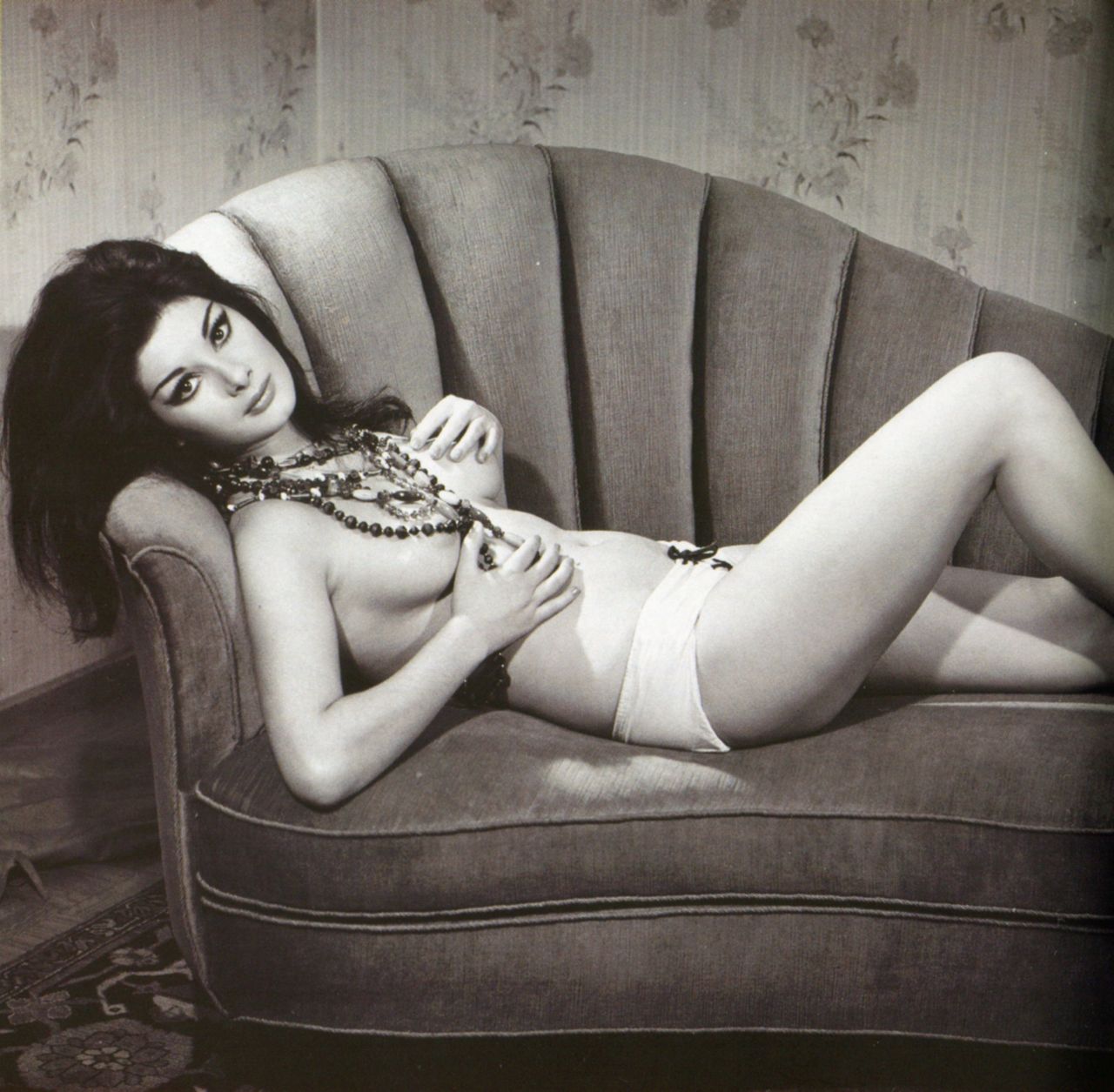
4 Ways to Understand the Moon
 1. The Moon is ever-changing in the night sky, forever waxing and waning like our own moods. It’s a mirror reflecting our inner tides, those subtle pulls of intuition, emotions, and the shadowy parts of the self. Now, the Dark Side of the Moon is not just an iconic album of transcendental music, but it’s also where we tuck away all that we deem unsightly or uncomfortable within ourselves. This side is unseen, yet profoundly present, much like those aspects of our personality we’d prefer to ignore—our fears, our habits that slip into routine like moonlight over a sleeping village.
1. The Moon is ever-changing in the night sky, forever waxing and waning like our own moods. It’s a mirror reflecting our inner tides, those subtle pulls of intuition, emotions, and the shadowy parts of the self. Now, the Dark Side of the Moon is not just an iconic album of transcendental music, but it’s also where we tuck away all that we deem unsightly or uncomfortable within ourselves. This side is unseen, yet profoundly present, much like those aspects of our personality we’d prefer to ignore—our fears, our habits that slip into routine like moonlight over a sleeping village.
You see, the lunar part of our being is all about mystery, change, and receptivity. When the Moon is full and luminous, we’re often at our most creative, emotional, and yes, occasionally a bit mad (lunacy, anyone?). It’s when the psychic gates open, intuition heightens, and your inner artist, poet, or wild creature stirs. Some call it the pull of the tides, others the stirrings of the subconscious—but whatever it is, the Moon holds sway over the parts of us that thrive in darkness.
Yet, when the Moon wanes, that’s no cause for despair either. Like the natural ebb and flow of life, we, too, must have our moments of retreat, of inward reflection. This is when we allow ourselves to accept our limitations, our weaknesses, those softer, quieter parts of our being that are as necessary as the light. It’s where the real alchemy happens—the balance of dark and light, waning and waxing, yin and yang, all swirling in the cauldron of our existence. When you feel your creativity cresting, don’t hold back—let it flood your world with as much chaotic beauty as you can muster. Paint your masterpieces, write your wildest verses, or simply howl at the moon if that’s what your soul demands. And when you feel yourself waning, retreat into that shadowy side without judgment. It’s in those dark spaces we meet the parts of ourselves that need the most love and healing.
The Moon, after all, is the Queen of Night, and we are her ever-faithful subjects. Let her guide you through your cycles with grace, wisdom, and a healthy dose of wonder.
2. Many moons ago, when the tendrils of time and memory wrap themselves around our roots like ivy clinging to an ancient tree—growing ever upwards, while still deeply rooted in the shadows of the past. The Moon, in all her glory, is the gatekeeper of those deep emotional wells, the ruler of the fourth house, which holds the essence of where we come from. Our earliest days, our childhood impressions, those first emotional imprints—they are the foundation upon which we build the rest of our psychic structure.
Now, if those roots are tangled up in painful memories, if they’re still raw and tender, it’s little wonder they ripple through the present, sending waves of discomfort, nostalgia, or even melancholy into the calm waters of today. Memories have this sneaky way of reminding us who we were, what we’ve endured, and perhaps what still remains unresolved. Like the Moon, they reflect light in phases—sometimes illuminating joy, other times casting long shadows.
But here’s the beauty: much like the Moon’s eternal dance in the sky, we have phases too, and no phase is permanent. The Moon waxes and wanes, and so too do our emotions. What may feel like an unbearable low tide in one moment will inevitably turn, bringing with it a new perspective, a fresh emotional current. Richard Carlson’s words ring true here—trying to sift through your life’s meaning when your mood is scraping the bottom of the barrel is akin to swimming against the tide. You’ll exhaust yourself in the process, and worse, you’ll get nowhere.
You see, when you’re in a low mood, it’s not time to interrogate your soul. Low moods are transient—like passing clouds or a brief eclipse. And during those times, what you really need is to let go of the need for answers, to release the grip you’ve got on overanalyzing every emotional storm that comes your way. This doesn’t mean burying the past in some deep, dark trench of your subconscious. The past is an integral part of your story. It’s where your roots draw their nourishment, and sometimes, the soil can feel a bit tainted by those early experiences. But you don’t need to live in the emotional fallout of yesterday. You’re here now, in the present. And just as memories are formed every day, you have the choice to let new experiences root themselves in your psyche. Happier, lighter memories that don’t come with the same weight.
Let the Moon be your guide here. When she’s full, bask in the light of all that’s joyous and bright in your life. When she wanes, go within, but don’t dwell. Remember that even in the darkest phases, the Moon is still there, still guiding, still part of the cycle. So, when you feel that old emotional tide rising, when the roots of the past tug at your present, don’t let it spoil the here and now. Ride the waves, let them come and go, and trust that your mood, like the Moon, will change. And with it, so too can your story. Choose the stories you wish to tell yourself going forward, and let those roots grow deep into the fertile soil of new, happier memories. It’s all just a phase, my friend—so let it pass with grace.
3. The Moon—our hoarder, clings to every memento, every emotional trinket like a magpie nesting in nostalgia. It’s like our inner selves have become overly sentimental, stuffing our psyche with faded postcards, half-baked dreams, and the odd tear-stained memory, all of which we simply must keep, for fear of losing some essential part of our identity. And let’s be honest, it’s not just the stuff we can see—it’s those watery, emotional corners of the birth chart, where we’ve stacked the soggy boxes of unprocessed feelings, the remnants of old heartbreaks, and unresolved conflicts. The emotional attic, if you will, damp and cluttered with years of forgotten grievances.
Now, the trouble with this lunar hoarding is that the longer we let it sit, the more it starts to resemble an emotional bog, or worse, a swamp—stagnant, mucky, and full of unsavory feelings that fester when left unattended. And while a swamp might sound transformative in the right mood, in reality, it’s not a particularly healthy habitat for growth. It’s more like a breeding ground for emotional mosquitoes, buzzing around with their bitey little reminders of everything that still bothers you.
So what’s to be done? Well, there comes a time when we need to wade into those murky waters and start clearing out the emotional debris. Yes, it’s messy. Yes, it’s foul-smelling at times. You’ll dredge up the sludge of past grievances, the forgotten frustrations, and those lingering “what-ifs” that have long since sunk to the bottom. But—and here’s the crux—it’s also incredibly liberating. Like finally decluttering your closet and realizing you’ve been hoarding a wardrobe full of emotional 1980s shoulder pads and bad fashion choices. Out they go!
The process of clearing out those emotional pipes, while not glamorous, is necessary. Just like a blocked water pipe, when your emotional flow is jammed up with old gunk, nothing can run smoothly. It’s like trying to fill your cup from a clogged faucet—no matter how much you want new experiences, new joy, or new love to flow in, you’ve got to deal with the blockage first. And it’s never as simple as one grand sweep—it’s periodic, like the tides the Moon herself controls. You’ve got to revisit these waters from time to time, check for emotional mildew, and clear out the cobwebs that have spun themselves around old pains.
But here’s the bright side—when the water runs clear, when you’ve done the difficult work of clearing out that inner clutter, you create space for new emotions to flow freely. The feeling is as refreshing as a crisp morning after a long, stormy night. Suddenly, the emotional landscape changes from a marshy bog to a sparkling river, alive and flowing, full of potential and movement. So, take the plunge. Don’t be afraid of the muck you might uncover. It’s all part of the process. Sweep out those emotional closets, clear away the past clutter, and let the water flow again. You’ll be amazed at how much lighter, freer, and more open you’ll feel when the emotional waters run clear. After all, we’re meant to move, to evolve, and to grow—not to stagnate in yesterday’s mire.
The precious exceptions—those good memories. We don’t want to chuck those out with the muck, do we? They’re the keepsakes, the ones we return to when we need a reminder of joy, of love, of moments when everything was just right. Those are the memories that nourish our roots, the ones that make us smile in quiet moments, like finding an old photograph that instantly takes you back to a time when life felt a little sweeter.
But here’s the thing: good memories don’t weigh us down or hold us back; they sustain us. You don’t have to clear them out—no, these are the ones you polish up from time to time, letting them sparkle in the moonlight of your thoughts. When you’re clearing out the emotional swamp, it’s the funky stuff—the regrets, the unresolved anger, the old wounds still festering—that needs to go. Those good memories? They’re the bits of stardust you keep in your pocket for the darker days. They don’t obstruct the flow; they illuminate it. You’ll know them by the way they make you feel lighter, not heavier. So, yes, clear out the gunk, the mess, the emotional cobwebs, but keep the good memories. Keep them close. They’re your guiding lights.
4. The Moon is an old, familiar friend, this gentle, glowing orb, always there, subtly coaxing us to turn inward, to explore the depths of ourselves rather than be constantly distracted by the bright, noisy world outside. The Moon is the keeper of the subconscious, that vast, uncharted ocean beneath the surface where the most intimate parts of our being dwell—those parts we don’t always show the world but that truly make us who we are.
This lunar pull is not about finding answers out there—it’s about rediscovering what’s already inside. Your Moon sign, that soft undercurrent of your personality, is the home you always return to when the world outside gets too chaotic, too overwhelming. It’s a place of comfort, a well-worn path, like slipping into a familiar routine or the warmth of your childhood bed. The Moon represents the sum of your past—your experiences, your emotional memories, everything that’s taken root in your soul over the years.
It’s like a psychic scrapbook, storing the impressions and sensations that have shaped you, even the ones you might have forgotten. And what’s fascinating is that no matter how much you evolve, how many masks you wear in the world, you always return to this core part of yourself. It’s your default setting, your emotional home base. You don’t need a map to findthis terrain; it’s instinctive. Like finding your way back to a place you know by heart.
But here’s the thing: just as the Moon is always changing—waxing, waning, disappearing into shadow and emerging again—so too is this inner journey. The Moon teaches us that looking inward is not a static experience; it’s fluid. Sometimes it’s comforting, other times it’s confronting, but it’s always necessary. It reminds us to honor our inner landscape, to listen to the whispers of our subconscious, and to embrace the ebb and flow of our emotional tides.
So, let the Moon guide you inward when life gets too loud, too demanding. Fall back into your Moon profile with grace, like returning home after a long journey. There’s no need to rush, no need to seek external validation. The Moon is there, always pulling you toward the truth of who you are—deeply rooted, instinctual, and ever-evolving.

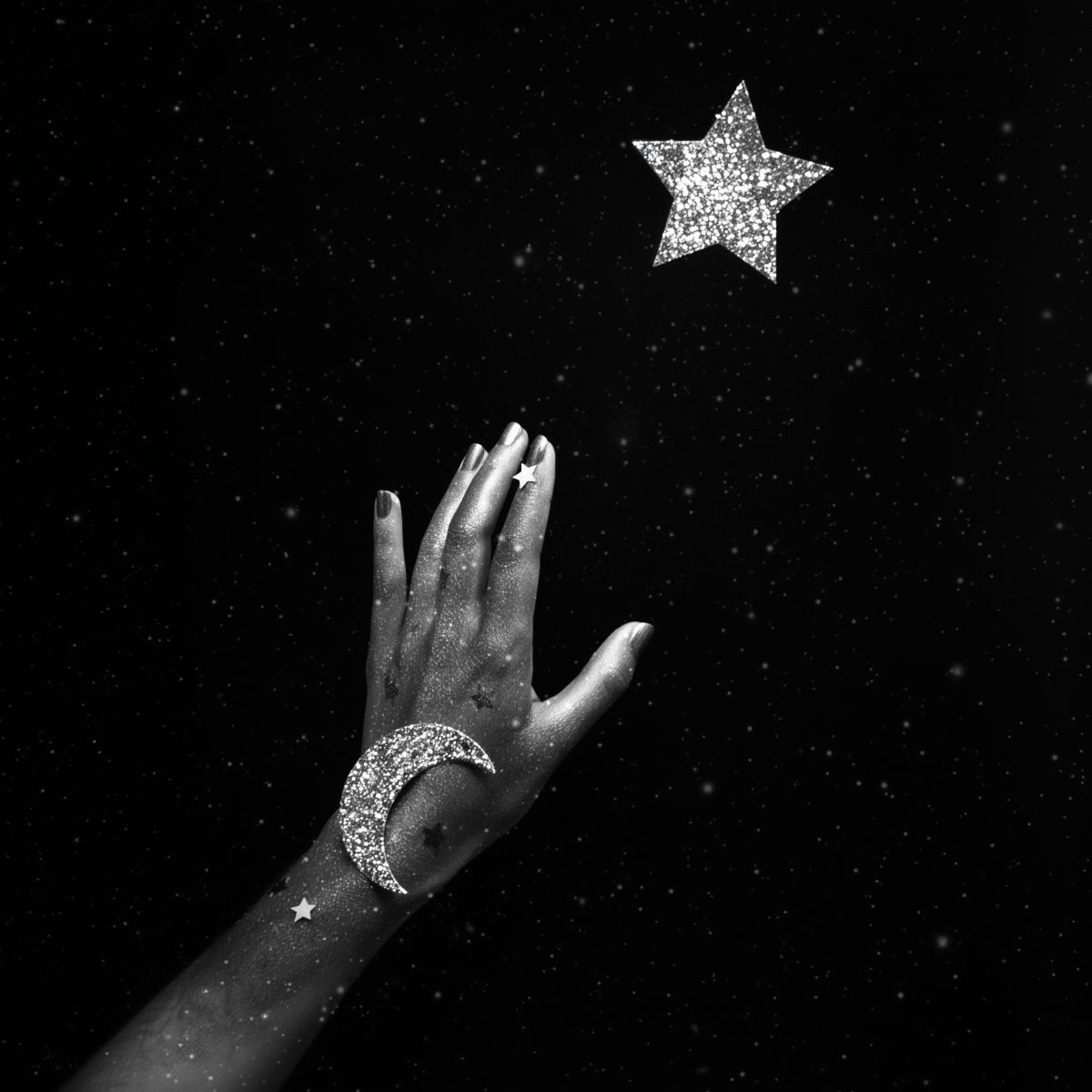
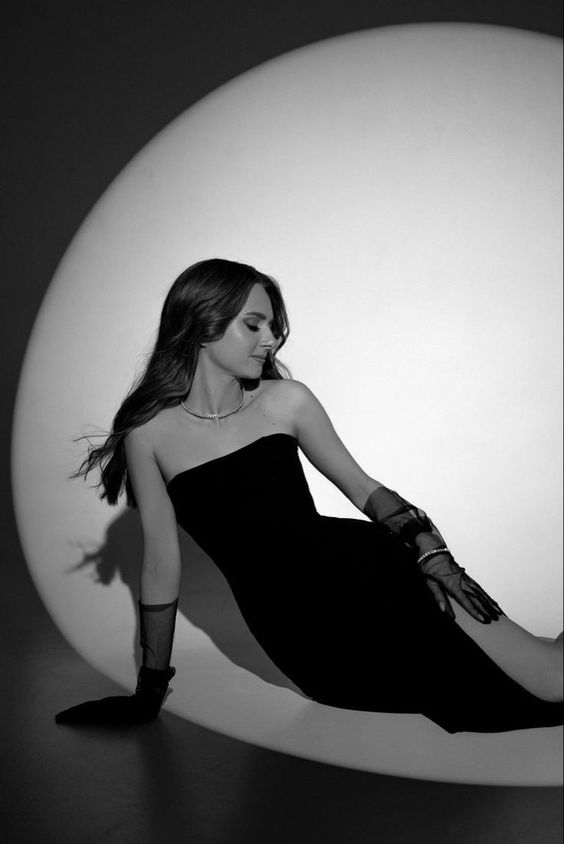
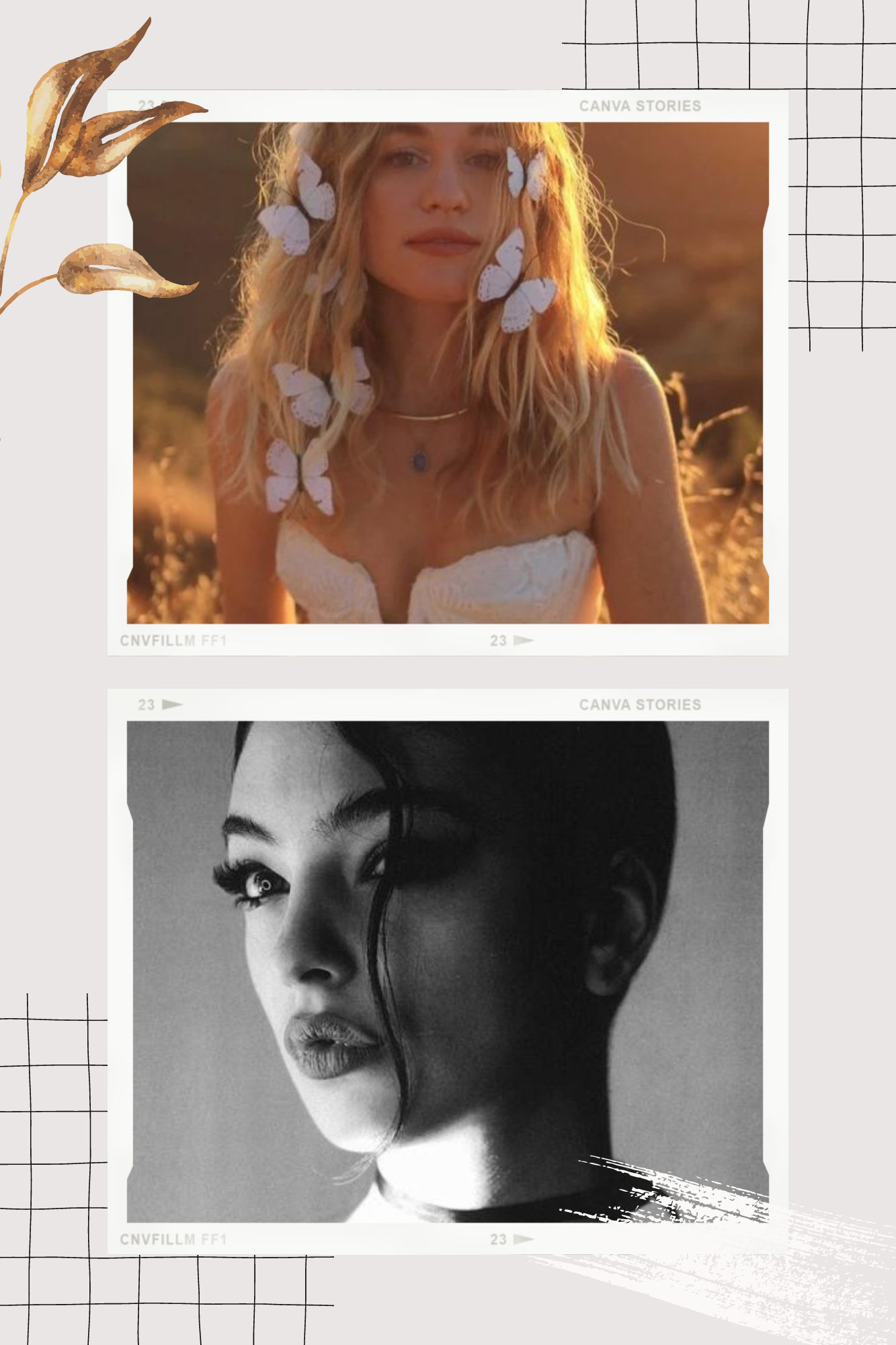



 Composite Moon in 8th House
Composite Moon in 8th House
 Venus-Pluto Synastry: A Love So Powerful That It Might Just Kill Them
Venus-Pluto Synastry: A Love So Powerful That It Might Just Kill Them
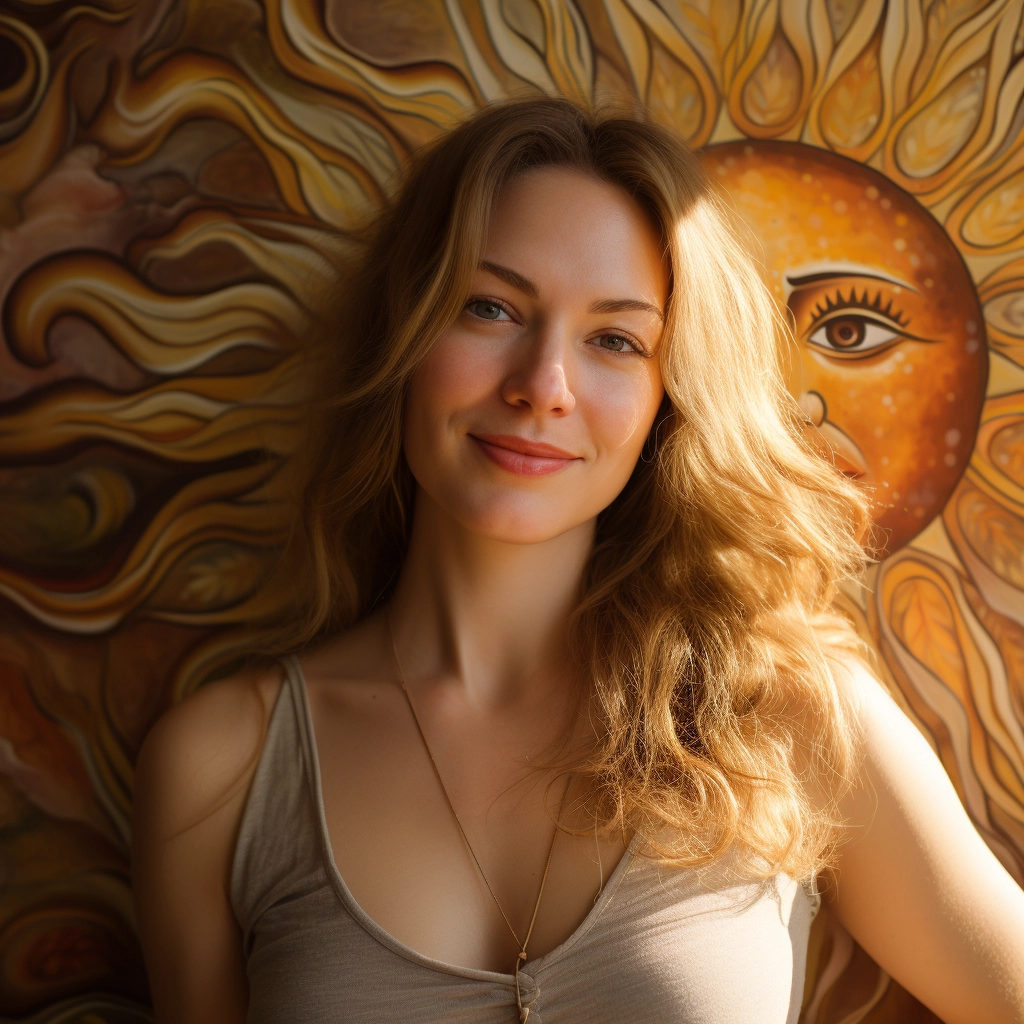 Sun Trine Jupiter Natal Aspect: Nothing But Good Vibes
Sun Trine Jupiter Natal Aspect: Nothing But Good Vibes
 Moon Conjunct Pluto Synastry
Moon Conjunct Pluto Synastry
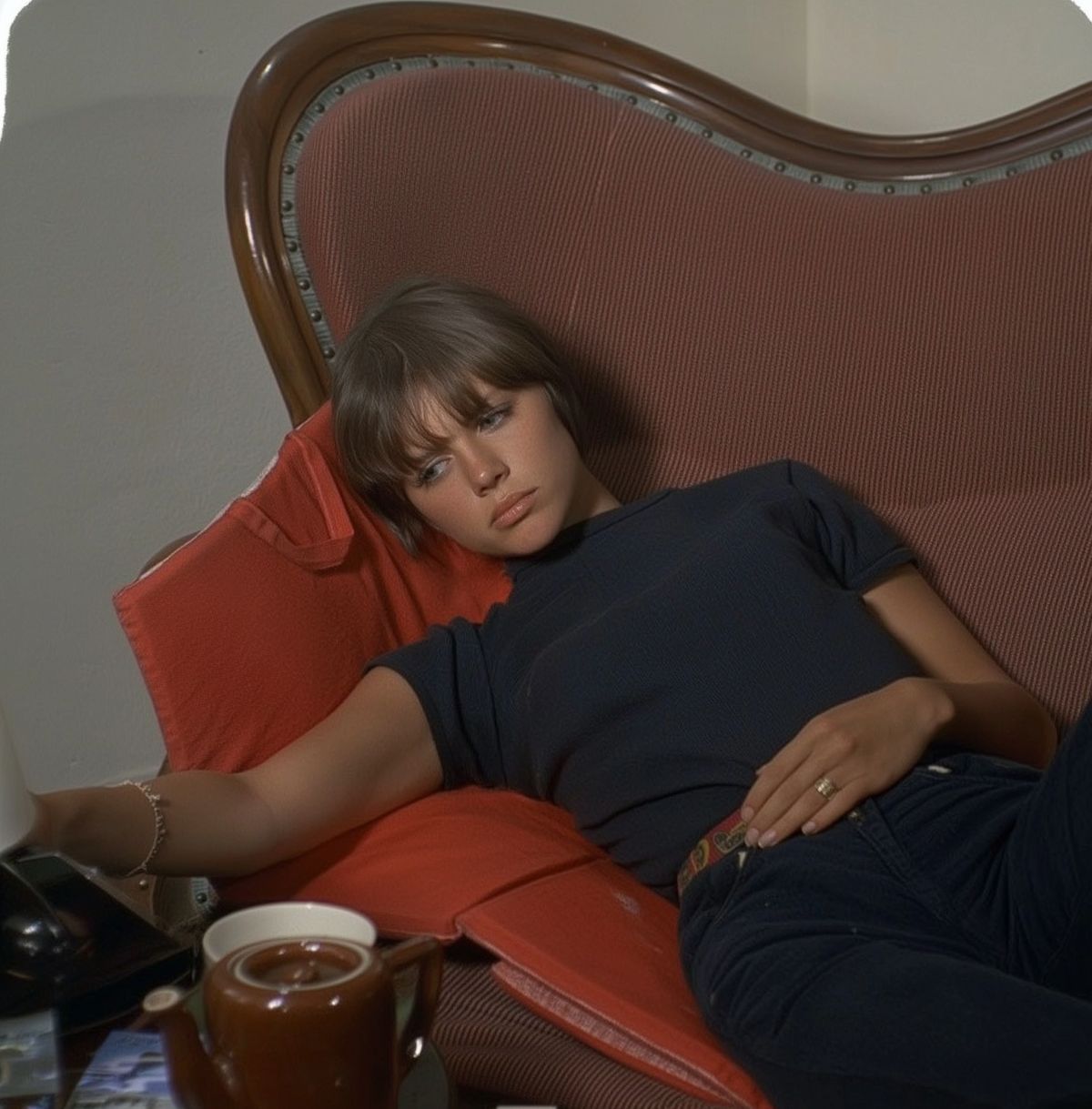 Cancer: You Linger in Rooms Where the Music Stopped Long Ago
Cancer: You Linger in Rooms Where the Music Stopped Long Ago
 Sun Trine Pluto Synastry Aspect
Sun Trine Pluto Synastry Aspect
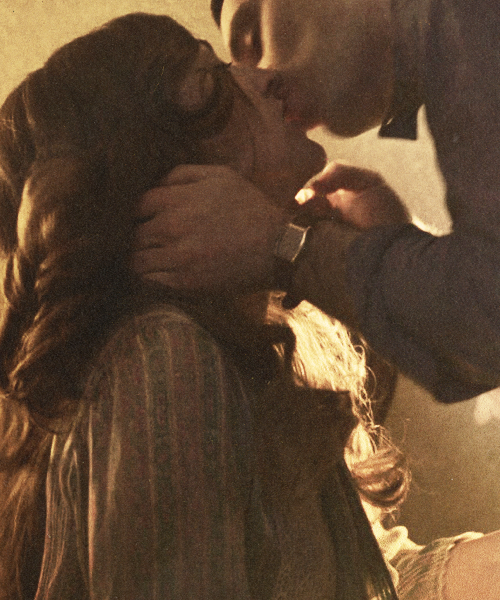 Sun Square Pluto Synastry: You’ve Got That Power Over Me
Sun Square Pluto Synastry: You’ve Got That Power Over Me
 Flash Forward: How Uranus Reveals Your Future Before You’re Ready
Flash Forward: How Uranus Reveals Your Future Before You’re Ready
 Mars-Saturn Synastry: The Eternal Loop
Mars-Saturn Synastry: The Eternal Loop
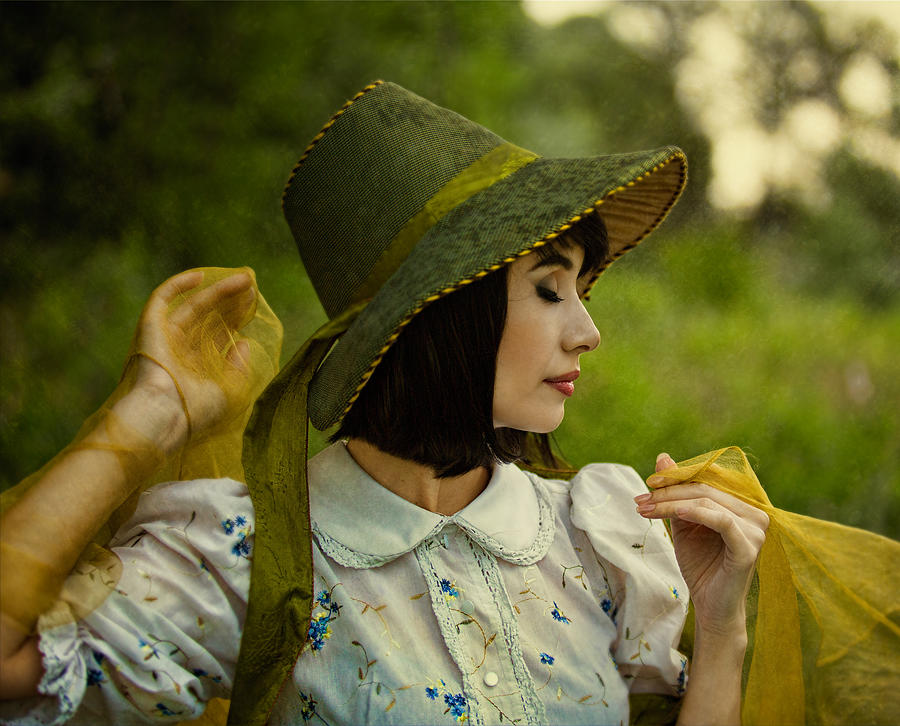 Venus in the 6th House
Venus in the 6th House
 Seducing Scorpio
Seducing Scorpio
 Saturn Square Neptune Natal Aspect
Saturn Square Neptune Natal Aspect
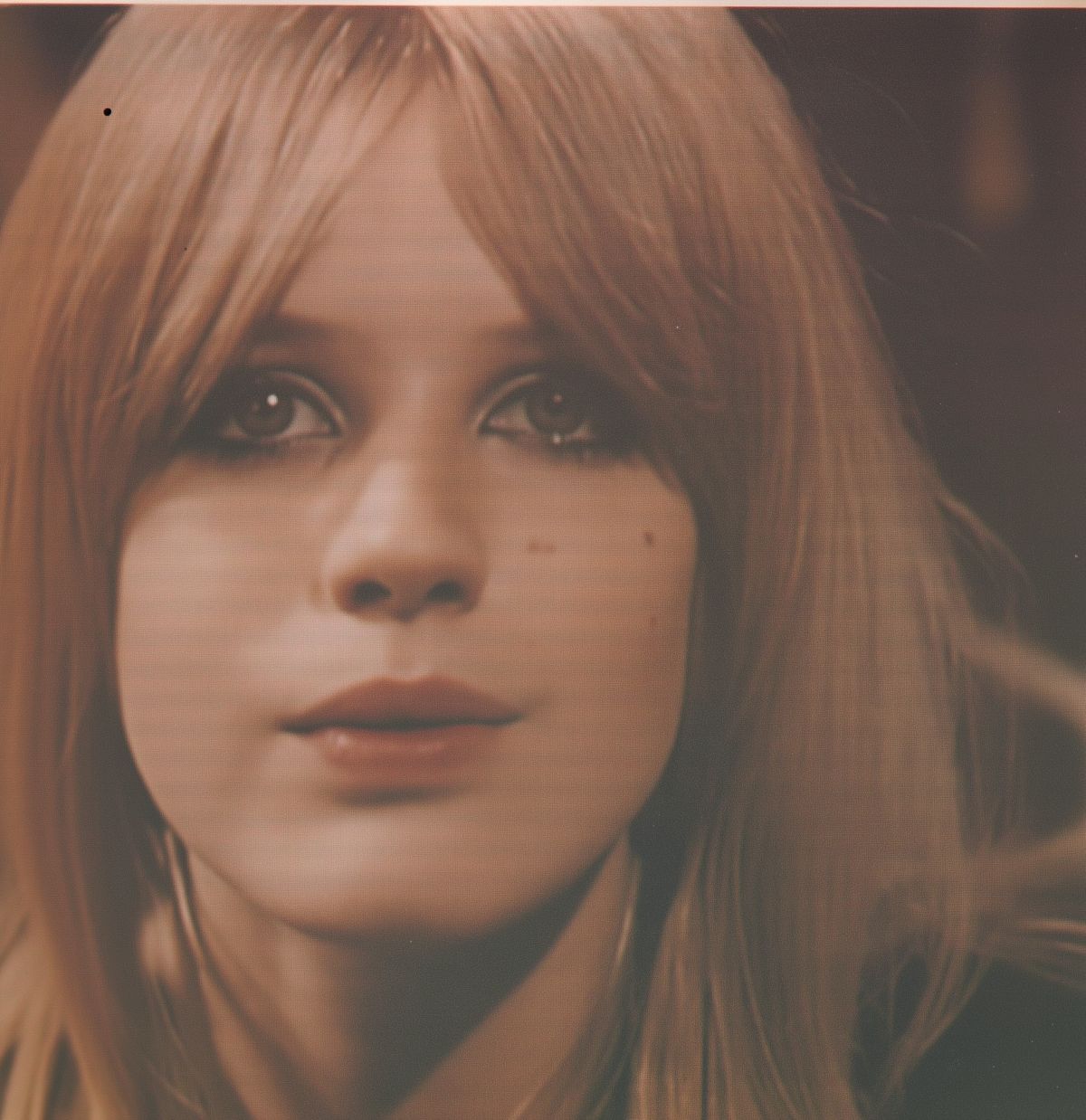 Mars in the 4th House: Angry Cleaning and Psychic Fire
Mars in the 4th House: Angry Cleaning and Psychic Fire
 Venus Conjunct Pluto Natal Aspect
Venus Conjunct Pluto Natal Aspect
 Pluto’s Playground: Where Extremes Become Evolution
Pluto’s Playground: Where Extremes Become Evolution
 Uranus in the 2nd House: The Price of Freedom
Uranus in the 2nd House: The Price of Freedom
 Mars in the 12th House: Are You a Passive Victim of Weird Energies?
Mars in the 12th House: Are You a Passive Victim of Weird Energies?
 Mentally Suited and Booted: Inside the Head of Mercury in Capricorn
Mentally Suited and Booted: Inside the Head of Mercury in Capricorn
 The Neptunian: Is It So Wrong to Wish It All Would Wash Away?
The Neptunian: Is It So Wrong to Wish It All Would Wash Away?
 Uranus Transits Mars: My Eco-Lifestyle Changes
Uranus Transits Mars: My Eco-Lifestyle Changes